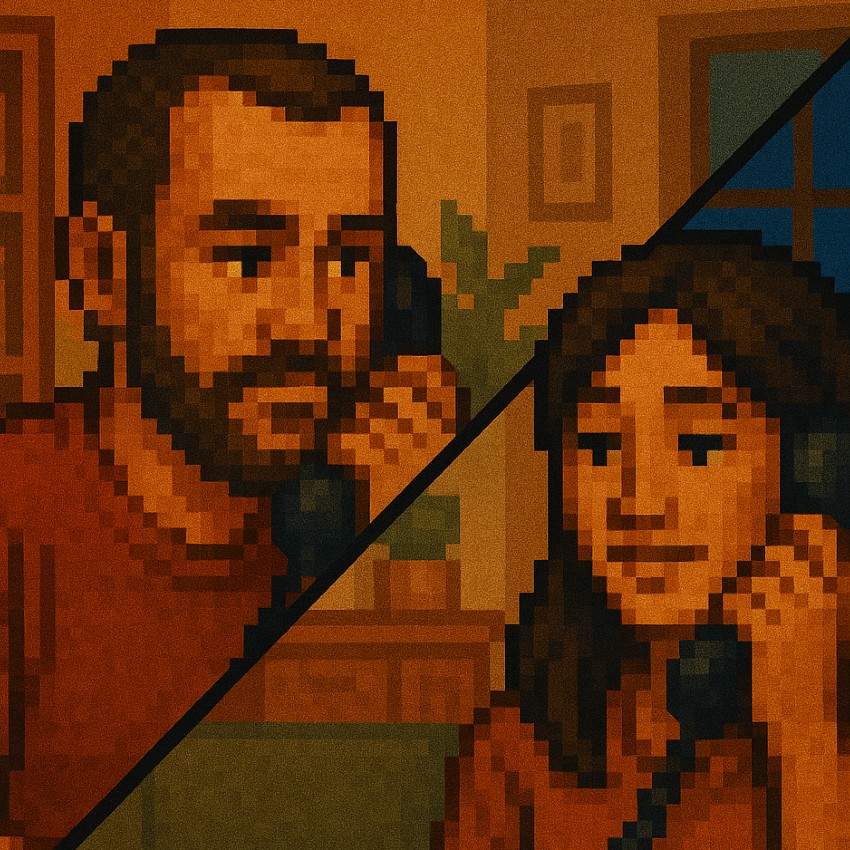



Are you the hero of someone’s story?
You’re here because you’re a person who helps. You don’t look away when someone needs you, which can save a life. On this page, we’ll share important information, resources, and tools that you might need.

Recognizing signs of abuse
Physical
- Unexplained injuries with vague or unlikely explanations
- Wearing weather-inappropriate clothing that may hide injuries
- Delays in seeking medical care for injuries
Behavioral and Emotional
- Isolation from friends, families, or activities
- Anxiety, depression, or startles easily
- Frequently has to check in with their partner in ways they hadn’t previously, or seeming afraid about their partner’s reaction
- Making excuses for their partner’s behavior
Control and Dependence
- Partner controls access to money, transportation, phone, etc
- They need to ask permission from their partner before making decisions or spending time with friends (in a way that seems excessive and unusual)
- Limited or monitored communication
- Suddenly quitting jobs or school in a way that is out of character
Other Red Flags
- Partner is extremely jealous, possessive, and controlling
- Survivor shows behavioral changes or unexplained exhaustion
- Excuses for frequent absences
- Changes in appearance, weight, or personality
What to say or do if a friend or loved one is being abused
Listen without judgement. “I believe you and I’m glad you told me”
Affirm their experiences. “What’s happening is not your fault”
Ask, don’t assume. “Are you safe right now? Tonight?”
Offer options (Options over orders- they get enough orders from their partner). “We can find resources to help you when you’re ready”
Respect their pace. Leaving can be dangerous and difficult. “We can work together to make a plan, but you decide when it’s the right time”
Keep it private. “It’s up to you who knows, but if it’s okay I’d like us to talk to…”
Share resources (but make sure you’re using a safe communication method)
What NOT to say or do if a friend or loved one is being abused
Don’t blame. Never say things like “why haven’t you left yet” or “what did you do before that?”
Don’t minimize. “It’s not that bad” or “every couple has fights”
Don’t confront the abuser. This can escalate the violence and endanger the survivor.
Don’t force them to act before they’re ready. They know best what they’re able and ready to do, and when.
Don’t make it about yourself. Avoid saying “If it were me I would…” or talk excessively about your own experiences
(Counter-intuitively) be careful when talking bad about the abuser. This may made the survivor feel they have to defend them as a trauma response

First Responses when working with a survivor
Whether it’s someone you know or someone that knew you were safe, the top priority when working with a survivor is their safety. If someone you care about confides their abuse in you, remember the following:
Secure comms are safe comms
Secure communication methods are an important way to support a survivor while giving them their voice back. If you plan to talk to them over text, email, or any other method, make sure it’s not being monitored by the abuser.
“Slow is fast. Slow is safe”
This figure of speech highlights the importance of acting in a careful, informed manner when life or safety is at stake. Sometimes, telling a survivor to leave immediately is the safest choice; most times, working with a professional advocate and preparing for the escape is safest.
Help them set their PACE
A PACE plan refers to a prioritized list of communication methods that anyone at risk can employ. The acronym means:
- (P)rimary: the main method you use to communicate when everything is going as expected. This might mean email, text, or other tools
- (A)lternate: if you can’t get ahold of the person, what’s the next thing to try? What other tools or methods do you share?
- (C)contingency: workable but with challenges. This might include agreed-upon symbols using social media (“If I post this image, it means I’m in danger”) or another method
- (E)mergency: A method used to transmit messages in an emergency. This could be physically checking in, meeting at a defined place and time
Get help
Allies and partners are a critical part of a survivor’s escape plan. They need resources, advocates, and tools as they move into the next phase of their journey. Take advantage of those resources and help them find a safe way to move forward. It may be much safer for you than it is for them to do that research!
Resources and Services
Hotlines & Immediate Support
National Domestic Violence Hotline (U.S.)
Call: 800-799-7233
Text: START to 88788
https://www.thehotline.org
Love is Respect (for teens & young adults)
Call: 866-331-9474
Text: LOVEIS to 22522
https://www.loveisrespect.org
RAINN (Rape, Abuse & Incest National Network)
Call: 800-656-4673 (HOPE)
https://www.rainn.org
Shelters & Local Support
Find local shelters through the Hotline’s search tool:
https://www.thehotline.org/get-help/domestic-violence-local-resources/
211 – National directory for housing, food, and crisis services:
https://www.211.org

Legal & Safety Resources
Victim Connect Resource Center (legal rights, referrals, advocacy):
https://victimconnect.org
Local legal aid finder (Legal Services Corporation):
https://www.lsc.gov/find-legal-aid
Operation Safe Escape (Safety, Privacy, and Security Help):
https://safeescape.org
NNEDV Safety Net Project (tech abuse & online safety):
https://www.techsafety.org
Other Key Resources
StrongHearts Native Helpline (for Native communities)
Call: 844-762-8483
https://strongheartshelpline.org
Trans Lifeline (peer support for trans survivors)
Call: 877-565-8860
https://translifeline.org
